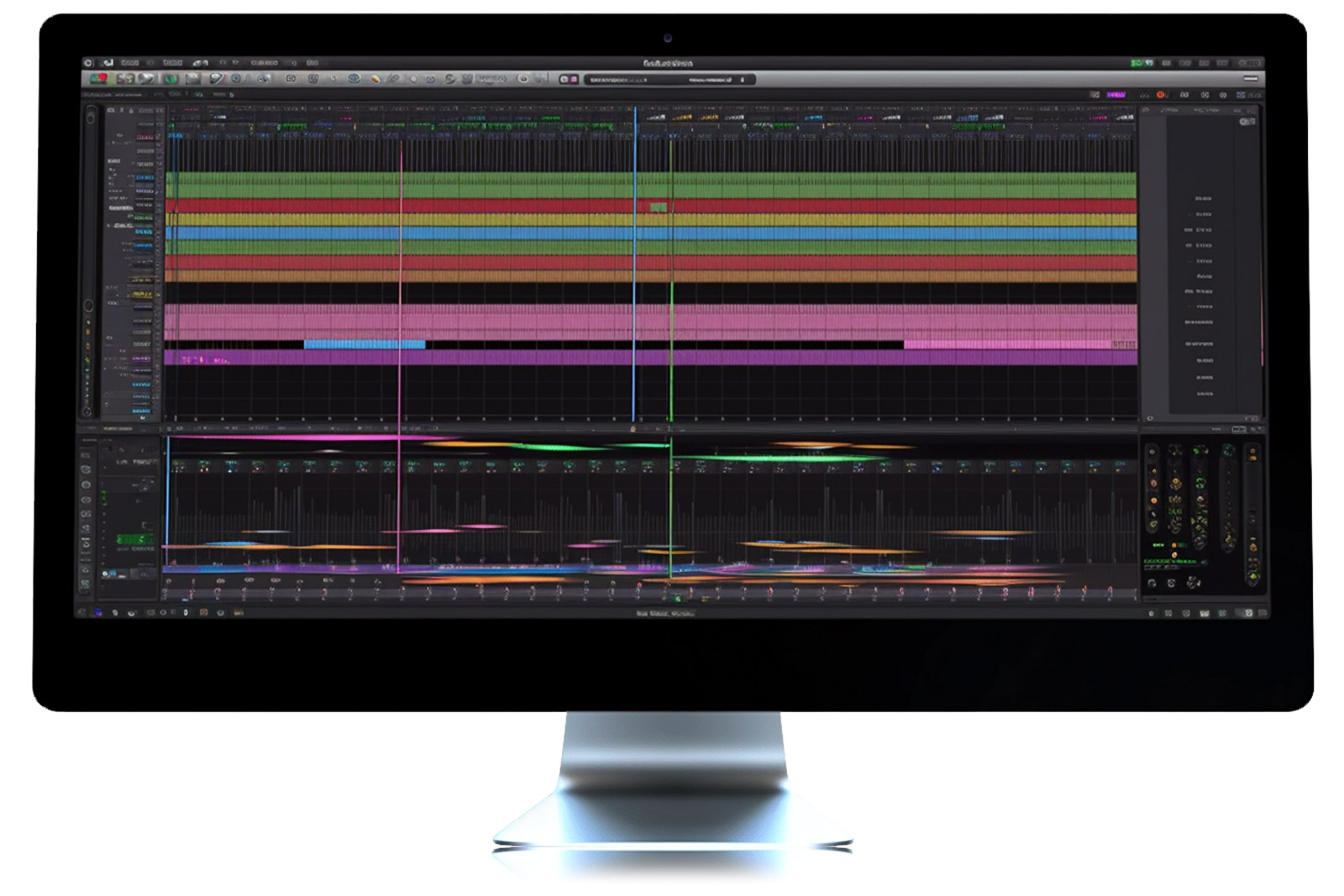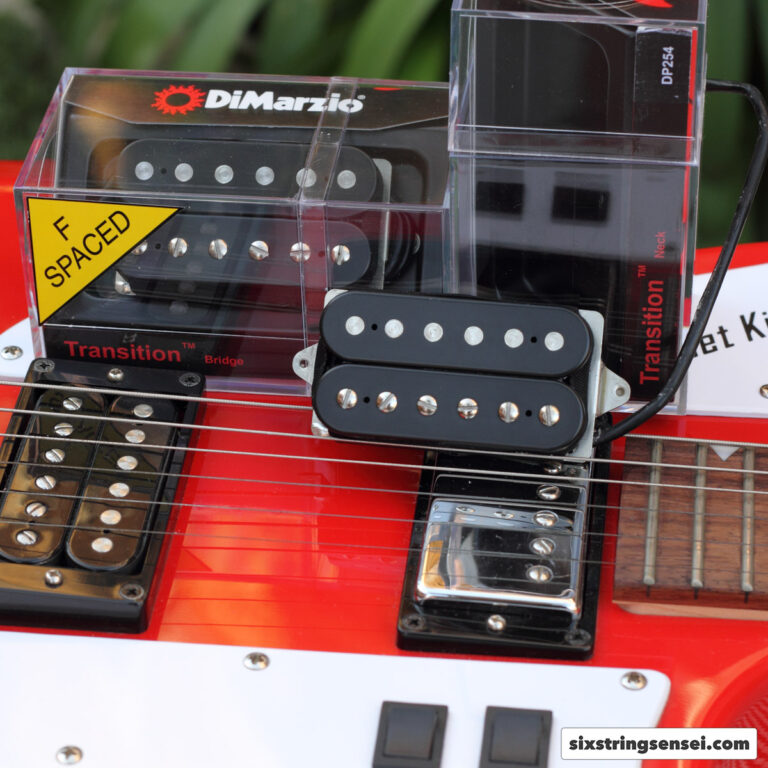Record Your Stuff – A Quick Introduction to Digital Recording
Playing guitar is probably one of the biggest forms of art where vintage gear (or the inspiration of it) plays the biggest role. Just think about it for a sec. If you flip through the pages of any major guitar catalog you’re bound to see dozens of products based on vintage gear. Not to mention the mounds of reissue items available. Quite honestly, I couldn’t agree more. There’s some old proven stuff that simply blows away many of the modern digital gear sound-wise. But, then again, that’s just a matter of opinion. The thing is, many guitarists share the same opinion.

Now having stated that, there is something that came with technology that quite frankly is one of the greatest tools a modern guitarist can own. And that, my friends, came in the form of RECORDING TECHNOLOGY. Now, technology is not simply a tool for being able to do very complicated and difficult work – Although true. But, the real benefit of technology, as far as I’m concerned, is the ability of being able to do the simple stuff, better and easier. This is where the technology of the new recording gear truly outshines most of the old stuff. But, before I continue (and get hacked by all the vintage valve preamp defenders) let me point out that while lots vintage gear like preamps, amps and microphones will most definitely sound better than a lot of the newer gear, the point of this article is ease of use. Why ease of use? Well, because this is what ultimately will make the difference between recording the random spark of muse and losing it because you just got too caught up with complicated microphone setups, cable connections and the like.
Most serious guitarists, whether they are pros or hobbyists, have some kind of practice routine. For many, this is so sacred you could almost call it a practice ritual. And while many are already using the power of technology to record their ideas, many others haven’t tapped into this awesome tool. Let me give you an example:
It’s 11:00pm and I’m practicing the minor scale up and down the neck. I start mixing it up and I hear something I like. I keep working at it for 10 minutes and come up with this awesome riff. Now, believe it or not, this is what happens with most people in the same situation: They have fun playing their new riff for another 10 minutes and finally put down the guitar after they’re done practicing. A day later, they come back and attempt the riff again only to find out they forgot it. On the other hand, when I come up with a cool riff it takes me 2 minutes to setup my computer to record it. I simply plug my amp into the back of my Line 6 Toneport, fire-up my MAC, and turn on Garageband (yeah, you can’t beat Garageband to record quick ideas). 2 minutes later, my new riff is preserved in my hard drive in a folder called RIFF IDEAS. Now, my cool new riff is there for my taking whenever I need to go back to some ideas for songs. While it was always possible to record such ideas on a simple tape recorder, or even a dedicated guitar track tape recorder you can’t beat the benefits of not having to rewind. Also, playback and quick editing is much easier on the computer than on tape.
There are many tools for digital recording these days that range from simple interface setups to monster home studios. The purpose here is to inspire those that have steered away from this great tool to give it a chance and try it out. If you have a half-decent computer, getting into recording digitally can be done for about $200 to $500. That’s less than the price of a mid-level guitar. The possibilities and benefits are endless. You can record your own chord progressions to solo over or write songs and save them for later. Plus, you can record tracks to play over with other instruments such as bass or drums, or simply get rid of the frustration of losing your ideas by saving your work.
While this is only a quick introduction on the benefits of having some kind of digital recording setup I encourage you to find out more. Check out magazines articles and other websites for their take. Visit some major manufacturers’ websites such as Apple, Line 6 and M-Audio to learn more. In reality, the technology is not as complicated as it may seem.
For a lot of guitarists this may be old news. For many others these simple ideas and are sometimes the hardest to find. Quite possibly this may be you.

